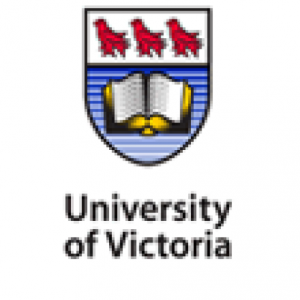What do we do?
- Build innovative optical systems
- Advance optical device technologies
- Bridge novel approaches to real applications
Who are we?
Recently formed at UVic, the OSTL is a well-equipped research laboratory under the direction of faculty members Dr. T. E. Darcie (Canada Research Chair) and Dr. R. Gordon. Dr. Darcie, a former AT&T Research Labs Director with over 20 years of industrial experience, is well recognized in both research and industry. Dr. R. Gordon, formerly from the Microelectronics Research Laboratory at the University of Cambridge, has performed research in engineering optics ranging from the fabrication of semiconductor lasers to ultra-fast optical investigations.

Support
The OSTL is supported by research grants from NSERC, CFI, BCKDF and the University of Victoria. A very significant portion of the infrastructure has been provided by generous gifts and donations from AT&T Labs Research (2003) and JDS Uniphase (2002).
Lab Facilities
The optical engineering lab is located in the A119 of the Engineering Laboratory Wing at the University of Victoria. The lab space is 970 sq.ft. and is equipped with a concrete slab for the isolation of 2 optical tables from any building vibrations. The lab contains a wide range of equipment to support a number of research projects at both the system and device levels.

Equipment
The available infrastructure includes:
- 3 optical tables
- 2 optical spectrum analyzers
- 2 laser spectrum analyzers (adjustable and confocal)
- Wavelength wavemeter
- 20-GHz digital sampling oscilliscope
- RF spectrum analyzers (up to 26.5 GHz)
- Network analyzers
- Function generators
- CATV spectrum generator
- Several laser current drivers and temperature controllers
- Extensive optics and optical hardware
- Positioning and nano-positioning equipment
- Extensive fiber-optics (delay lines, WDM, couplers, attenuators, etc)
- 3 tunable lasers (narrow spectrum) and numerous laser diodes
- 2 BERT transceivers
- Numerous femto-second pulsed lasers
- Microscopes
- Fibre scopes with video output
- Communication Analyzer (SONET/SDH/PDH/ATM)
- Several optical modulators (up to 40 GHz) – phase, intensity, and polarization
- RF signal generators
- 2 pattern generators
- 2 Fibre fusion splicers
In the near future, an imaging spectrograph (supported by NSERC) and other required equipment (supported by CFI, BCKDF and the University of Victoria) will be acquired.

